Diseases of indoor plants: description and control measures
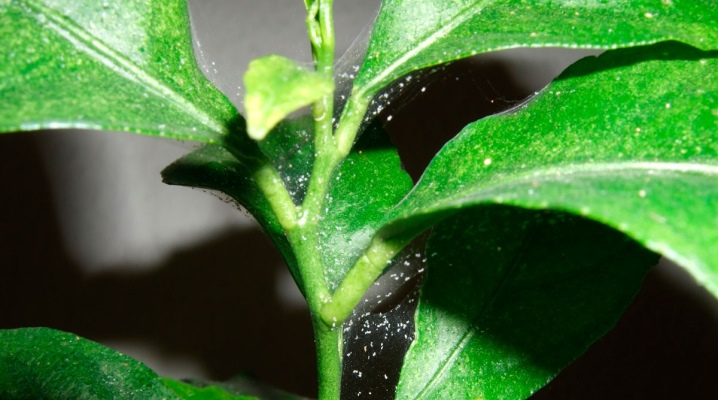
Most diseases common to indoor plants are due to improper or inadequate crop care. Therefore, to successfully create a home garden, it is necessary not only to know how to treat them, but also why they get sick.
The reasons for the development of diseases
Household indoor plants of different varieties, as a rule, get sick due to the influence of the same factors. It is extremely important to monitor the acidity of the soil, as well as the amount of nutrients in the soil, since both their excess and deficiency can be harmful. For example, almost always with a low content of useful elements, the growth of the culture slows down, leaf plates fall off and the appearance of flowers deteriorates. An equally significant factor is the temperature in the room where the plant is located. Both too high and too low degrees provoke the curling of the leaves.
With improper lighting, the condition of all parts of the bush may deteriorate: the stems become thinner, the leaves dry up, and the flowers stop developing. Of course, watering is extremely important - excess moisture very often leads to rotting of the root system, while a lack of liquid explains why the leaves turn yellow. The reason for the deterioration of the condition of the green pet may also be the drugs used to kill insects.
In general, any disease can be caused by both separate factors and their combination.
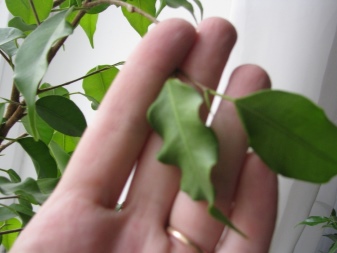

If we talk about powdery mildew, then it is often provoked by either improper or irregular irrigation, as a result of which the liquid remains on the leaf blades or accumulates near the roots. In addition, the increased temperature in the room, accompanied by excess humidity, may be to blame. Typically, this situation occurs in the summer, but it is also possible in the cold season, if temperature drops are observed in the apartment. Leaf plates dry out in many cases. This change can be caused by the use of hard water, improper irrigation, changes in the concentration of nutrients in the soil, exposure to direct sunlight, or even a container that is too tight for the roots.
Powdery mildew is caused by a simultaneous increase in temperature and humidity. In addition, improper care or an attack by pests may be the cause. Often it is a plant with a weakened immunity from insects that becomes a "target" for a fungal disease.
In principle, powdery mildew can occur if an excessive amount of nitrogen fertilizers enters the soil or the calcium content in the soil becomes critically low.
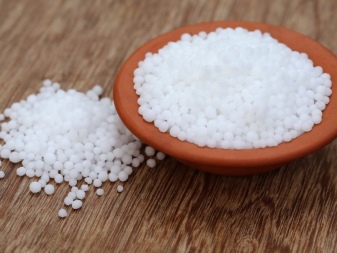
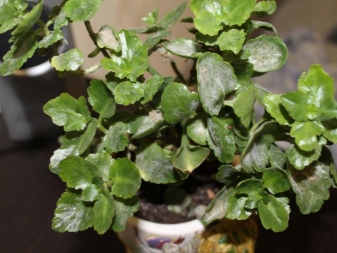
Viral infections
Unfortunately, in almost all cases, it is simply impossible to fight a viral disease at home - a diseased plant has to be destroyed... If this is not done, the infection will spread to the green "neighbors". The most common viral diseases are mosaic and jaundice.
Symptoms
In case of illness mosaics the plant looks like this: its leaf plates are covered with multi-colored spots of different sizes. In principle, this disease does not harm the plant too much, but significantly spoils its appearance. Jaundice is a much more dangerous infection.The description of the symptoms says that the plants wither quickly, then their growth and development stop, and everything ends with death.
Not quite viral, but rather fungal diseases include rust. It is quite simple to identify this disease - the surface of the leaf plate is covered with dark rusty spots, sometimes also red or yellow. On the back of the leaf, you can find small bumps that resemble warts. Over time, individual brown spots develop into stripes, and the leaves themselves turn yellow, dry out and fall off.

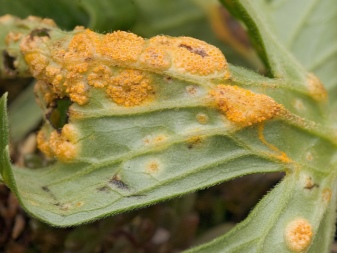
Treatment methods
There is no cure for jaundice therefore, the diseased plant will have to be destroyed immediately, not forgetting about the subsequent replacement of soil in pots. It is also not recommended to treat a plant that is sick with rust - it is better to immediately eliminate the "sick" one. However, if the culture is expensive or rare, then you can try to remove only the affected branches and leaves, and then treat the bush with a suitable fungicide. For example, it can be copper sulfate, 10 grams of which are diluted in a liter of liquid. Spraying should be repeated a couple of more times days after about 10 days. Will fit and Fundazol, in the instructions to which it is indicated that 1 gram of the substance is diluted in a liter of water.
Another effective method of treatment is considered a mixture of a tablespoon of baking soda, a teaspoon of dishwashing liquid, a tablespoon of vegetable oil and crushed aspirin, which are diluted in 4 liters of water. Spray the resulting solution once a week.
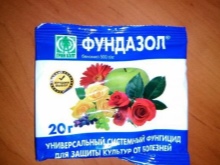
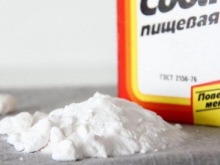
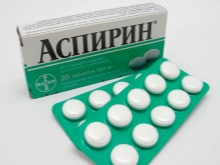
It should be added that it will be much more correct to pay attention to preventive measures than to treat a plant for a long time and is difficult. Since the disease appears due to irrigation disorders or high humidity, the organization of proper care is extremely important.
In addition, the infection often comes with garden soil, so it should be treated appropriately before use.
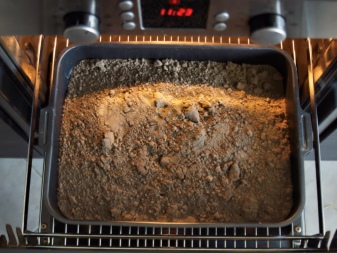
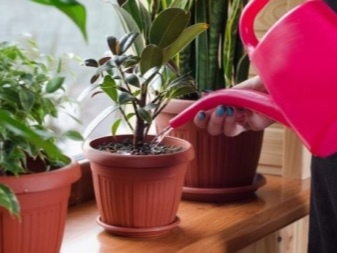
Bacterial diseases
The most common bacterial diseases are rot, wilting, mottling and bacterial cancer. Putrefactive processes most often occur due to excess moisture or excessive concentration of nitrogen present in the soil.
Signs
The spotting of a plant can be determined by the presence of dead parts of the leaf plates. The spots that appear have clear boundaries. At bacterial cancer on the shoots and roots, tumor-like growths appear, which gradually destroy the culture. Powdery mildew in the early stages it appears as small white dust or flour spots appearing on both sides of the leaf. At first, you can just wipe them off with your hand, but then the spots will appear again, change their shade to gray and even thicken. When the dense mycelium turns brown, the plant can hardly be saved - the leaf plates will dry out, the flowers will crumble, and the shrub itself will stop developing. The air temperature from 15 to 26 degrees Celsius, accompanied by humidity at the level of 60-80%, will only accelerate this process.
Gray rot can be identified by the appearance of a grayish cannon located on the stem of the crop. In the absence of timely measures, the disease spreads to leaf plates, flowers and fruits. Over time, individual spots grow to full-fledged rings encircling the stem, and all the shoots that are above die. It should be added that in its appearance, gray rot resembles dust or dirty loose cotton wool. Symptoms of the disease are aggravated at temperatures ranging from 17 to 25 degrees Celsius, as well as high humidity.
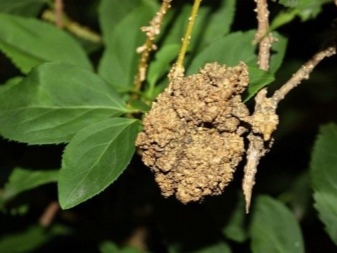
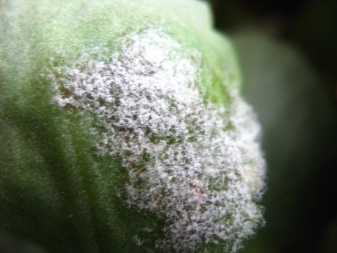
Root rot begins its destructive effect from the roots, so it is not always possible to quickly detect the problem. Quite often, the leaves do not even have time to turn yellow, since the roots and bottom of the shoot quickly rot. Late blight is the most common type of root rot. The affected culture slows down in development, then the color of the leaf plates disappears and, finally, everything ends with rotting of the root system.
With an increased density of leaves, they can avoid wilting, but they become covered with large brown spots coming from the center.
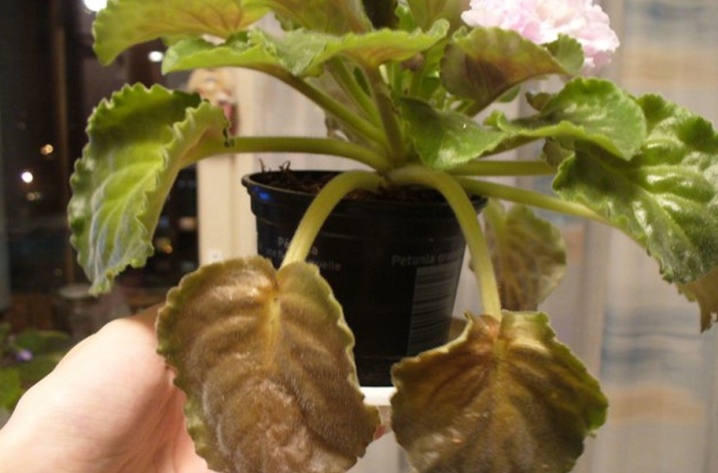
Control measures
It is believed that most plants susceptible to bacterial diseases can be reanimated, if you adjust the care in a timely manner... For example, if the root system begins to rot, this occurs due to improper irrigation conditions, which means that it will be enough to reduce the amount of liquid and correct the process. If the plant is completely susceptible to bacterial disease, then most likely it will have to be destroyed.
Powdery mildew requires proper preventive measures. Firstly, three or four times during the growing season, it is required to spray the plant with sulfur. Secondly, it is important to reduce the application of nitrogenous fertilizers, especially during the period of bud formation, but to increase the concentration of potassium-phosphorus compounds. Thirdly, regular ventilation, but preventing cold drafts, is an important preventive measure. Additionally, you can spray the shrub with whey, the use of which requires dilution with water in a ratio of 1 to 3. This procedure is repeated twice at intervals of two weeks. Of the fungicides used to treat the culture, experts recommend choosing "Topaz", "Pure color" and "Speed".
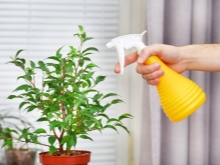

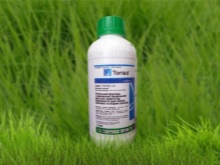
Safe is using a combination of soda ash and copper sulfate. To prepare the solution, you will need to take a liter of clean water and dilute 10 grams of soda ash along with 2 grams of laundry soap in it. Further, in another container, according to the instructions, exactly 2 grams of copper sulfate is diluted. Soda and copper solutions are combined, and then diluted with clean water to form 2 liters of prophylactic agent. You can also use iodine, a milliliter of which is diluted in a liter of water.
For the prevention of gray rot it will be enough to ventilate the room in time, disinfect the soil mixture used, provide the required light regime and remove dried parts of the shrub in time... Important prevent waterlogging of the soil, especially at a time when indoor flowers are displayed on the balcony. If the plant is already sick, then the damaged flowers and leaves it is necessary to immediately cut off, and sprinkle the cut points with crushed charcoal, crushed activated carbon tablets or wood ash. Also suitable is a paste, which is a mixture of a small amount of "Trichodermin" and pure water. In case of severe damage, the bush is treated once a week with "Fundazol", one of the fungicides, or a mixture of copper sulfate and a soap solution.
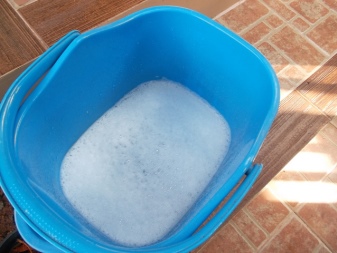
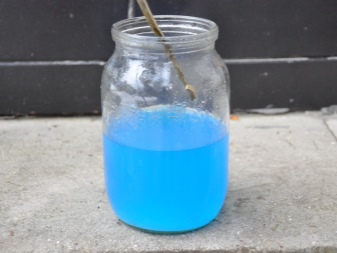
To avoid late blight infection, it is necessary to prepare the correct soil mixture with a sufficient amount of drainage materials even at the planting stage.... Experts do not recommend using fine river sand, since it has the property of cementing the earth during irrigation. The stones chosen for drainage should not exceed 3-4 millimeters in length. Besides, the soil should always be able to dry out before the next watering, according to the requirements inherent in a particular variety.
Treatment of late blight is useless if most of the roots have already rotted, and the shoots have withered... In the event that the shrub has just begun to wilt, and the soil in the pot is damp, then it is urgently necessary to remove it from the container. The root system is washed and freed from rotten areas, after which healthy roots are soaked for several minutes in a fungicide solution.
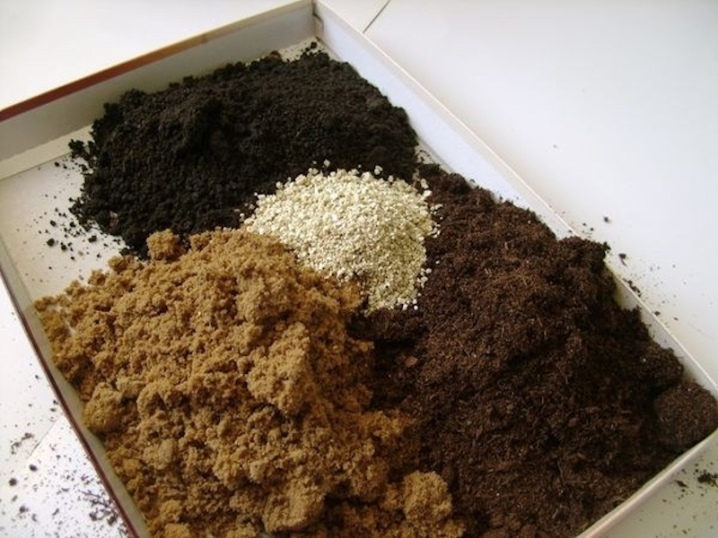
Pests
Houseplants are exposed to numerous pests. Cyclamen mite looks the same as normal, but is smaller.As a result of its influence, the flowers wither, the stems and edges of the leaves twist, and the overall development of the culture slows down. You can identify the invasion of insects by the "dust" covering the lower surface of the leaf plates. You can get rid of the problem if you regularly spray with insecticides, as well as remove damaged leaves.
Mushroom gnats harm the root system of the shrub and appear as a result of high moisture content of the soil mixture. In order to stop the invasion of insects, it is necessary to cancel watering for 5 days, and also to spray the plant with "Mukhoedom".
Mealybug consumes leaf juice, as a result of which the plates begin to deform and dry out. Moreover, the sticky secretions of these pests attract ants, after which molds form on the crop. If insects have occupied a small part of the plant, then you can try to wipe the areas with soapy water applied to a cotton swab.
In addition, to combat them, a solution of tobacco or garlic is prepared, or a solution of calendula, Metaphos or Actellik is purchased.
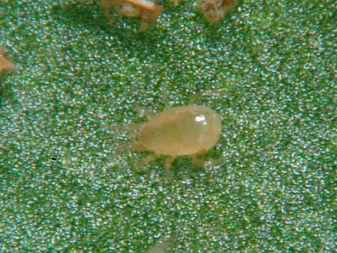

Whiteflies, looking like small moths, they lay eggs on houseplants, resembling gray grains in their appearance. After some time, white spots appear on the surface, and then the leaf itself turns yellow and dries up. A 1% solution of green soap, used for regular processing of the leaves, or an infusion of garlic, will help to cope with pests.
Aphid feeds on plant fluids and leaves behind droplets that attract ants. Only a suitable insecticide used to treat plantings can cope with an insect.
If yellow spots appear on the inner surface of the leaves, then perhaps we are talking about the spider mite. After some time, the damaged plate will fall off, and the bush itself will be wrapped in cobwebs. To eliminate the problem, experts use the drug "Derris".


Small black or brown dots on the underside of the leaf can signal about the appearance of scale insects that consume plant sap. Pests must be collected mechanically, and the plant itself must be treated with a solution of laundry soap or beer.
By the way, it is worth mentioning separately about black - a fungus arising from a sticky trail left by pests. The disease looks like a dark dense plaque that does not destroy the plant, but spoils the appearance and interferes with the necessary exposure to sunlight. Black deposits can simply be removed mechanically with a damp cloth and warm water.

Why do leaf tips dry?
When the ends of the leaves dry out in indoor plants, the fault is most often either insufficient air humidity or improper care. If the problem is fixed at an early stage, then it is important to immediately check the absence of pests, and also to balance all irrigation processes.
In the case when the dry ends seemed to be the result of insect exposure, you will have to treat with fungicides, as well as mechanically eliminate all individuals present. If the reason lies in improper care, then first it is better to change the water for irrigation, preferring settled water, rain or melted water. Further, it is necessary to increase the humidity of the air by introducing boiled water into the care system or by purchasing a room humidifier. If necessary, the plant is also transplanted into a larger container.
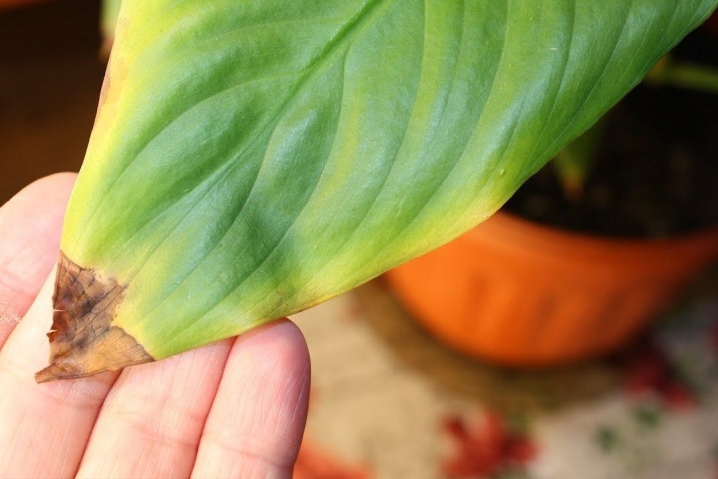
Prophylaxis
Carrying out preventive measures is an important part of caring for indoor plants. Do the following: balance the feeding and irrigation processes, and maintain the temperature and humidity levels required for a particular crop. It is important to regularly prune off diseased or dying plant parts, as well as transplant to provide space for growth. The room should always be ventilated and the required amount of light should be present. In addition, the plantings should not be thickened.
The water used for irrigation should be at room temperature and poured directly under the root, without filling either the root collar or the leaf axils. In addition, it is important that the liquid is free of chlorine and salts. If suspicious spots or formations appear on the leaves or shoots, then it is better to remove them immediately. Before planting, both the soil and the seeds must undergo a decontamination procedure.
The plant itself can be watered with "Baktofit" or "Fitosporin-M". At the slightest signs of infection, it is better to spray with a systemic fungicide immediately.
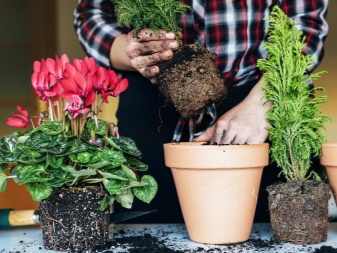
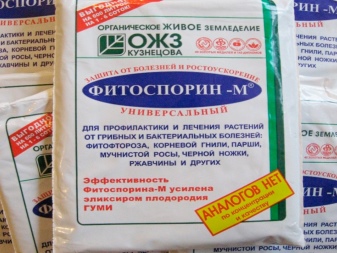
For more information on indoor plant diseases, see the next video.































Please tell me: the leaves of the aspidistra are completely covered with light, small spots. What is it?
Svetlana, if a plant has yellow rounded spots on the leaf plates with an expanding circle of dry tissue in the center, then this is a fungal disease of anthracnose. All affected leaves need to be cut off, stop spraying, because through drops of water, the fungus actively spreads and can be transferred to healthy leaves and neighboring plants. If the problem persists, the plant should be transplanted into fresh soil and treated with a fungicide.
Hello. Can you please tell me how to treat gloxinia? Brown spots appear on the leaves, then they dry out and holes form ...
Vera, brown spots on gloxinia leaves are most likely sunburn. They appear on the plant if it is in open sunlight. Gloxinia does not tolerate direct sunlight, brown spots appear on its leaves, but at the same time it needs light, therefore it must be shaded, and not carried away to partial shade.
Please tell me how to treat cissus rhomboid. Transparent spots appeared on the underside. On the light, a sheet of a non-uniform shade, and on top - a sheet of ordinary green.
Inna, try changing your place. Perhaps it gets caught in cold drafts or there is not enough light. If the pot is large, then it is better to carefully reduce the volume and monitor the watering, do not overmoisten, so that the pores are not occupied with water and the air comes to the roots, but not overdry. And try placing a table lamp with an energy-saving 20-watt compact fluorescent lamp directly above the plant, let it provide 12-hour daylight hours.
Good day! Nowhere can I find how to cure scarlet. On the roots there are small black growths, a lot. There are bright yellow spots in the stem, they can be seen if you tear off a leaf. And the plant itself withers from the lower leaves.
Lina looks like root rot. In aloe, the root collar is vulnerable, and with the slightest excessive watering, rot appears on it. Watering with cold water is especially dangerous in winter. In a diseased plant, the leaves turn pale, soften, turn yellow and dry out sharply. The chances of recovery are minimal. If, at the first symptoms of the disease, remove all the rot, transplant it into new soil, then the chances that the aloe will survive increase. After transplanting, it is advisable to postpone watering for several weeks. This is done so that the rot does not attack the roots again.
Good afternoon. Please tell me that spathiphyllum has sticky leaves and stems.Mine, after a while they appear again. And on the stems, as if someone's waste products .... What can it be and how to treat it?
Irina, sticky leaves in indoor plants, spots, drops or a layer of thick liquid on them are a signal of the appearance of insect pests in the house. They feed on plant juices and secrete substances (waste products) that leave sticky spots on the leaves. Small pests bite through the leaves, juice is released from these holes. Prepare a soapy solution, remove insects and sticky deposits from leaves and stems with a soft cloth. Rinse the foliage under the shower, cover the soil in the pot with foil so that the washed-off pests do not get into it. You can also fight insects with the help of folk remedies intended for spraying.
The comment was sent successfully.